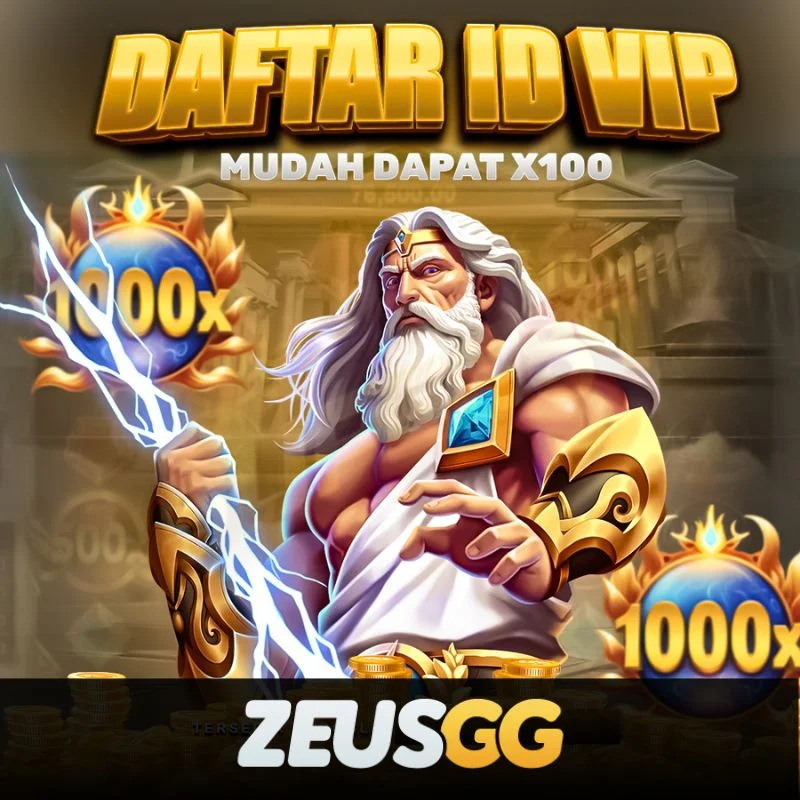November 27, 2025
No Comments
The world of video games is a vast and ever-evolving landscape, a digital tapestry woven with countless stories, situs slotmantap challenges, and unforgettable experiences. From the groundbreaking innovations of early console gaming to the immersive realms of today’s high-definition masterpieces, the quest to discover the “best games” is a journey undertaken by millions of enthusiasts worldwide. Among the titans of this industry, PlayStation stands as a monumental pillar, having consistently delivered platforms and titles that have redefined interactive entertainment. Simultaneously, its portable sibling, the PlayStation Portable (PSP), carved out its own significant niche, proving that console-quality gaming could thrive on the go.
When we talk about the best games, we’re often referring to a confluence of innovation, storytelling, gameplay mechanics, and emotional resonance that transcends mere entertainment. A truly great game captures the imagination, challenges the intellect, and leaves a lasting impact long after the credits roll. The PlayStation ecosystem, spanning multiple generations from the original PlayStation (PS1) to the PlayStation 5 (PS5), has been a fertile ground for such masterpieces. The PS1 revolutionized 3D gaming, introducing characters and worlds that became household names. Titles like *Final Fantasy VII* captivated players with epic narratives and groundbreaking cinematic flair, while *Metal Gear Solid* redefined stealth action with its intricate plot and innovative gameplay. *Crash Bandicoot* and *Spyro the Dragon* offered vibrant platforming adventures that cemented the console’s family-friendly appeal while pushing graphical boundaries for their time.
The PlayStation 2, still the best-selling console of all time, further cemented Sony’s dominance, offering an unparalleled library of diverse PlayStation games. This era gave us monumental franchises that are still celebrated today. *Grand Theft Auto III*, *Vice City*, and *San Andreas* set new standards for open-world freedom and mature storytelling, demonstrating the vast potential of video games as a medium for complex narratives. The brutal beauty of *God of War* introduced Kratos, a character synonymous with epic scale and visceral combat, while *Shadow of the Colossus* offered a hauntingly artistic experience focused on minimalist storytelling and magnificent boss battles. These titles, among countless others, not only sold millions but also influenced game design for decades to come, solidifying their place among the absolute best games ever created.
Moving into the high-definition era, PlayStation continued its legacy of excellence with the PS3, PS4, and now the PS5. The PlayStation 3 brought forth incredible narrative-driven experiences like *The Last of Us*, a game widely lauded for its profound emotional depth and character development, blurring the lines between interactive entertainment and cinematic artistry. The PlayStation 4 further refined these elements, offering stunning graphical fidelity and compelling gameplay in titles such as *God of War (2018)*, a masterful reimagining that earned widespread critical acclaim and numerous Game of the Year awards. *Marvel’s Spider-Man* delivered an exhilarating open-world experience, perfectly capturing the essence of the beloved superhero, while *Horizon Zero Dawn* introduced a breathtaking post-apocalyptic world teeming with robotic wildlife and a captivating mystery. The PlayStation 5 continues this tradition, pushing the boundaries of immersion with lightning-fast load times, haptic feedback, and adaptive triggers, making its growing library of exclusive and multiplatform titles incredibly compelling.
Amidst the console giants, the PlayStation Portable (PSP) carved out its own remarkable story. Launched in 2004, the PSP was a groundbreaking handheld console that genuinely brought console-quality gaming to a portable format. Its powerful hardware for the time, vibrant screen, and UMD disc format allowed developers to create visually impressive and deeply engaging PSP games that could be enjoyed anywhere. The system was a marvel of engineering, proving that dedicated handheld devices could offer experiences far beyond simple puzzle games.
The library of PSP games is a testament to its capabilities. *Monster Hunter Freedom Unite* became a cultural phenomenon, especially in Japan, offering hundreds of hours of challenging cooperative gameplay and intricate monster hunting mechanics. The *God of War* series found a natural home on the PSP with *Chains of Olympus* and *Ghost of Sparta*, both delivering stunning visuals and intense action that felt remarkably faithful to their console counterparts. *Grand Theft Auto: Liberty City Stories* and *Vice City Stories* brought the expansive open-world crime sagas to the palm of your hand, a feat that felt truly revolutionary at the time. Furthermore, the PSP was home to unique and beloved titles like *Crisis Core: Final Fantasy VII*, an action RPG prequel that deepened the lore of one of gaming’s most iconic universes, and *Metal Gear Solid: Peace Walker*, a robust stealth-action experience that laid groundwork for future console iterations. These games demonstrated that portable gaming didn’t have to compromise on scale or quality, offering rich, immersive experiences that firmly placed them among the best games available on any handheld platform.
Ultimately, defining the “best games” is a dynamic and personal endeavor, yet the enduring impact and critical acclaim garnered by many PlayStation and PSP games speak volumes about their universal appeal. Whether it’s the sweeping narratives of a PlayStation epic, the precise platforming of a classic, or the convenient, yet deep, experiences offered by PSP titles, the common thread is exceptional design, compelling engagement, and the ability to transport players to new worlds. These platforms have not only pushed technological boundaries but have also nurtured creative talent, resulting in a treasure trove of gaming gold that continues to be celebrated and replayed by generations of gamers. The legacy of PlayStation and PSP is not just in their hardware sales, but in the countless hours of joy, challenge, and wonder they have provided, solidifying their indelible mark on the history of interactive entertainment.





